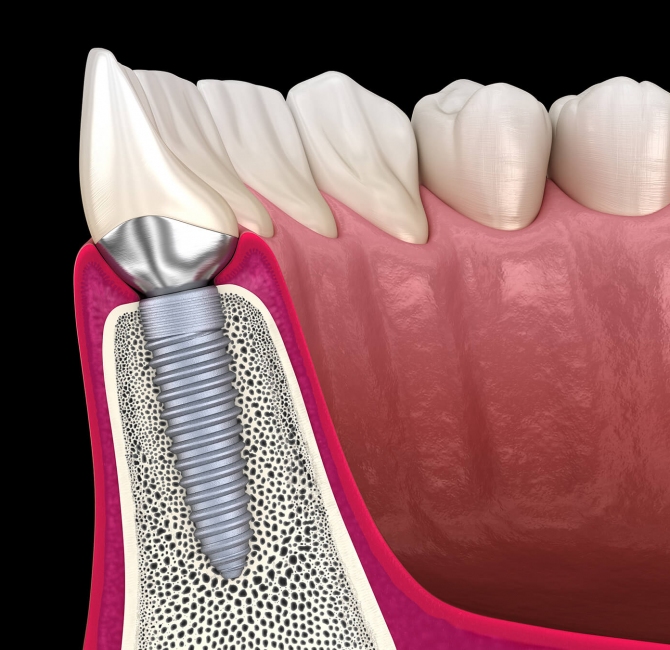Most of the detected increment in dental caries among children above the age of six years and adolescents is confined to occlusal surfaces of posterior permanent molars. Dental sealants and fluoride varnishes are much used to prevent caries. As the effectiveness of both interventions in controlling caries as compared with no intervention has been demonstrated previously, this review published in Cochrane Library aimed to evaluate their relative effectiveness.
Objectives: The primary objective was to evaluate the relative effectiveness of dental sealants (i.e., fissure sealant) compared with fluoride varnishes, or fissure sealants plus fluoride varnishes compared with fluoride varnishes alone, for preventing dental caries in the occlusal surfaces of permanent teeth of children and adolescents.
The secondary objectives were to evaluate whether effectiveness is influenced by sealant material type and length of follow‐up, document and report on data concerning adverse events associated with sealants and fluoride varnishes and report the cost effectiveness of dental sealants versus fluoride varnish in caries prevention.
Search methods: Cochrane Oral Health’s Information Specialist searched the following databases: Cochrane Oral Health’s Trials Register (to 19 March 2020), the Cochrane Central Register of Controlled Trials (CENTRAL) (the Cochrane Library, 2020, Issue 2), MEDLINE Ovid (1946 to 19 March 2020) and Embase Ovid (1980 to 19 March 2020). The search included the US National Institutes of Health Trials Registry (ClinicalTrials.gov) and the World Health Organization International Clinical Trials Registry Platform for ongoing trials. There were no restrictions on the language or date of publication.
Selection criteria: Randomised controlled trials were included with at least 12 months of follow‐up comparing fissure sealants, or fissure sealants plus fluoride varnishes, versus fluoride varnishes, for preventing caries in the occlusal surfaces of permanent posterior teeth in participants younger than 20 years of age at the start of the study.
Data collection and analysis: At least two review authors independently screened search results, extracted data from included studies and assessed their risk of bias. Study authors were attempted to be contacted to obtain missing or unclear information. The studies were grouped and analysed on the basis of sealant material type: resin‐based sealant or glass ionomer‐based sealant (glass ionomer and resin‐modified glass ionomer sealant), and different follow‐up periods. The odds ratio (OR) was calculated for risk of caries on occlusal surfaces of permanent molar teeth. For trials with a split‐mouth design, the Becker‐Balagtas OR was used. One cluster‐randomised trial provided precise estimates in terms of risk ratio (RR), which was used. For continuous outcomes and data, means and standard deviations were used to obtain mean differences (MD). For meta‐analysis, the random‐effects model was used when combining data from four or more studies. All measures were presented with 95% confidence intervals (CIs). The certainty of the evidence was assessed using GRADE criteria.
Authors’ conclusions: Applying fluoride varnish or resin-based fissure sealants to first permanent molars helps prevent occlusal caries, but it has not been possible in this review to reach reliable conclusions about which one is better to apply. The available studies do not suggest either intervention is superior, but the authors’ assessed this evidence as having very low certainty. They found very low-certainty evidence that placing resin-based sealant as well as applying fluoride varnish works better than applying fluoride varnish alone. Fourteen studies are currently ongoing, and their findings may allow the authors to draw firmer conclusions about whether sealants and varnish work equally well or whether one is better than the other.



